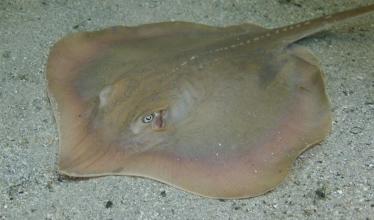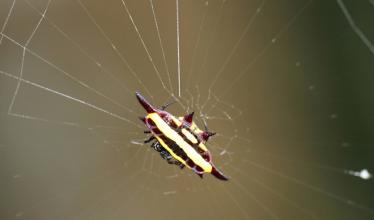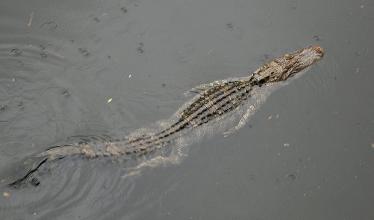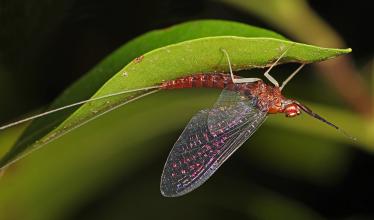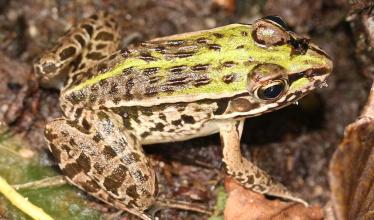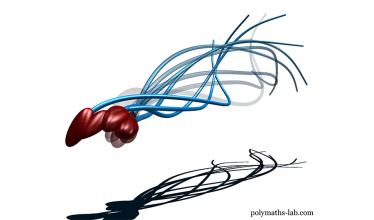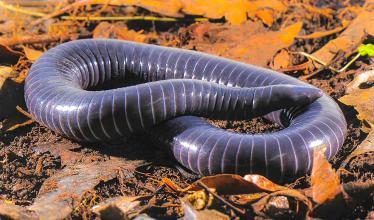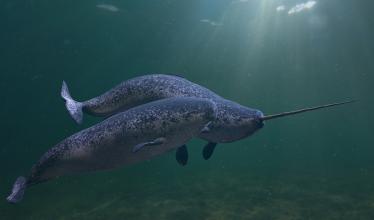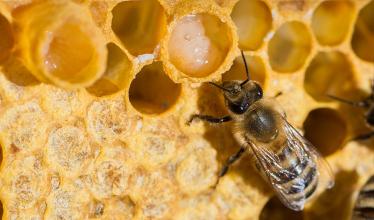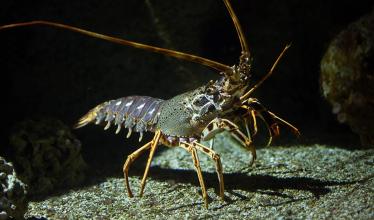Biology
Accidents like the Deepwater Horizon spill may hurt the rays’ ability to hunt.
The subterranean rodents have little use for vision, but their magnetic sense tells them which direction is which.
The bright flowerlike symmetry of Australia’s northern jeweled orb-web spider lures in hungry prey.
Alligator blood inhibits a key toxin in the venom of vipers such as rattlesnakes and copperheads.
Study suggests parts of the animals' backs and legs fused together to form wings.
The beetles apparently use their legs to speed up their trip through the frogs' entire digestive system.
Traditional microscopes make it look like sperm tails undulate symmetrically -- but that's an optical illusion.
Wormlike amphibians called caecilians may have evolved venomous teeth long before the first snakes crawled the Earth.
Narwhal vocalizations are not well understood, but Inuit whale hunters helped scientists get close enough to listen.
For years, people believed that royal jelly contained the secret to making queen bees. Turns out it’s simply the amount of food.
A new paper shows lobsters create sounds that travel more than a mile.
When times get tough, an invasive comb jelly appears to make the strange evolutionary choice to cannibalize its young.

